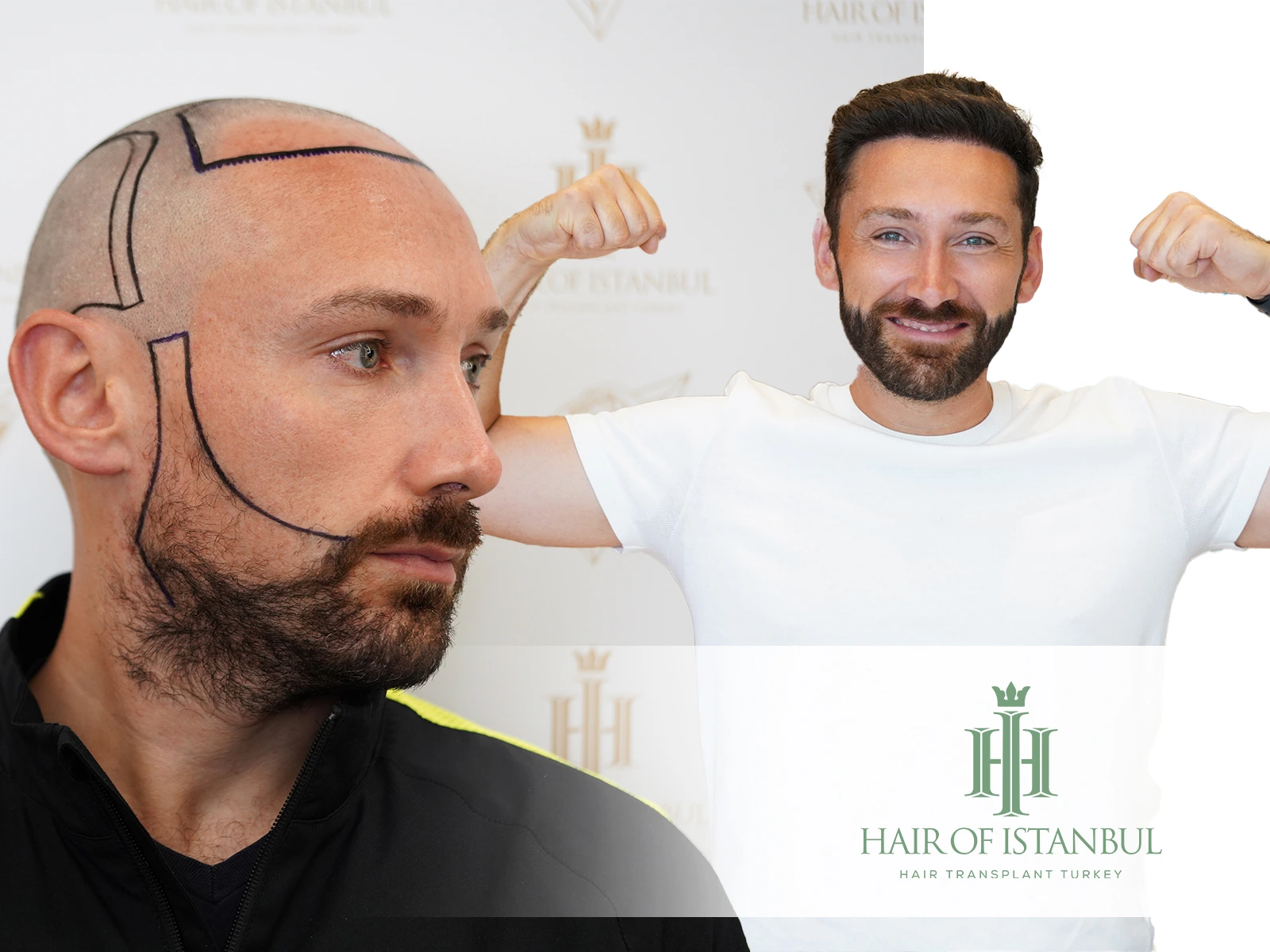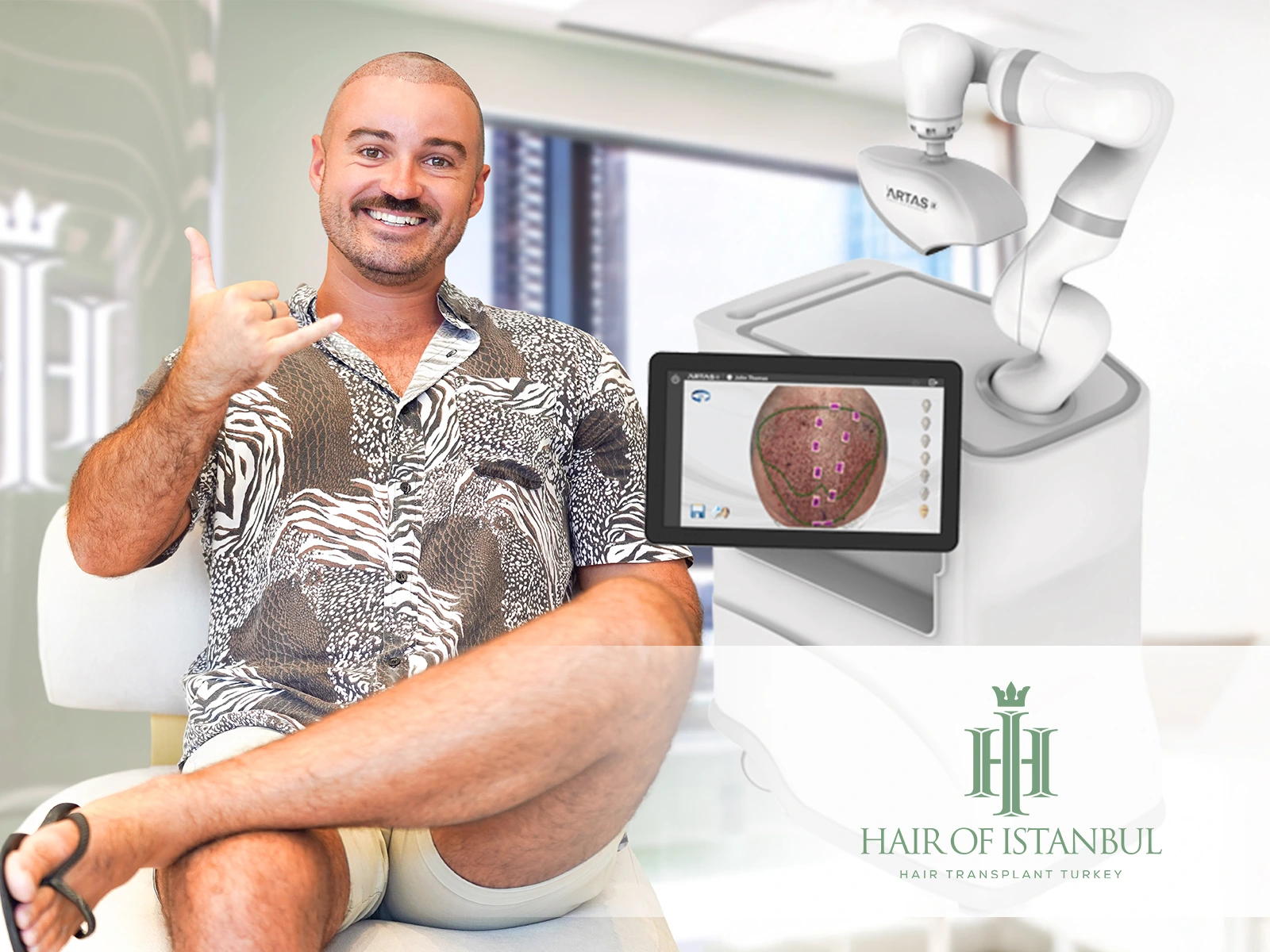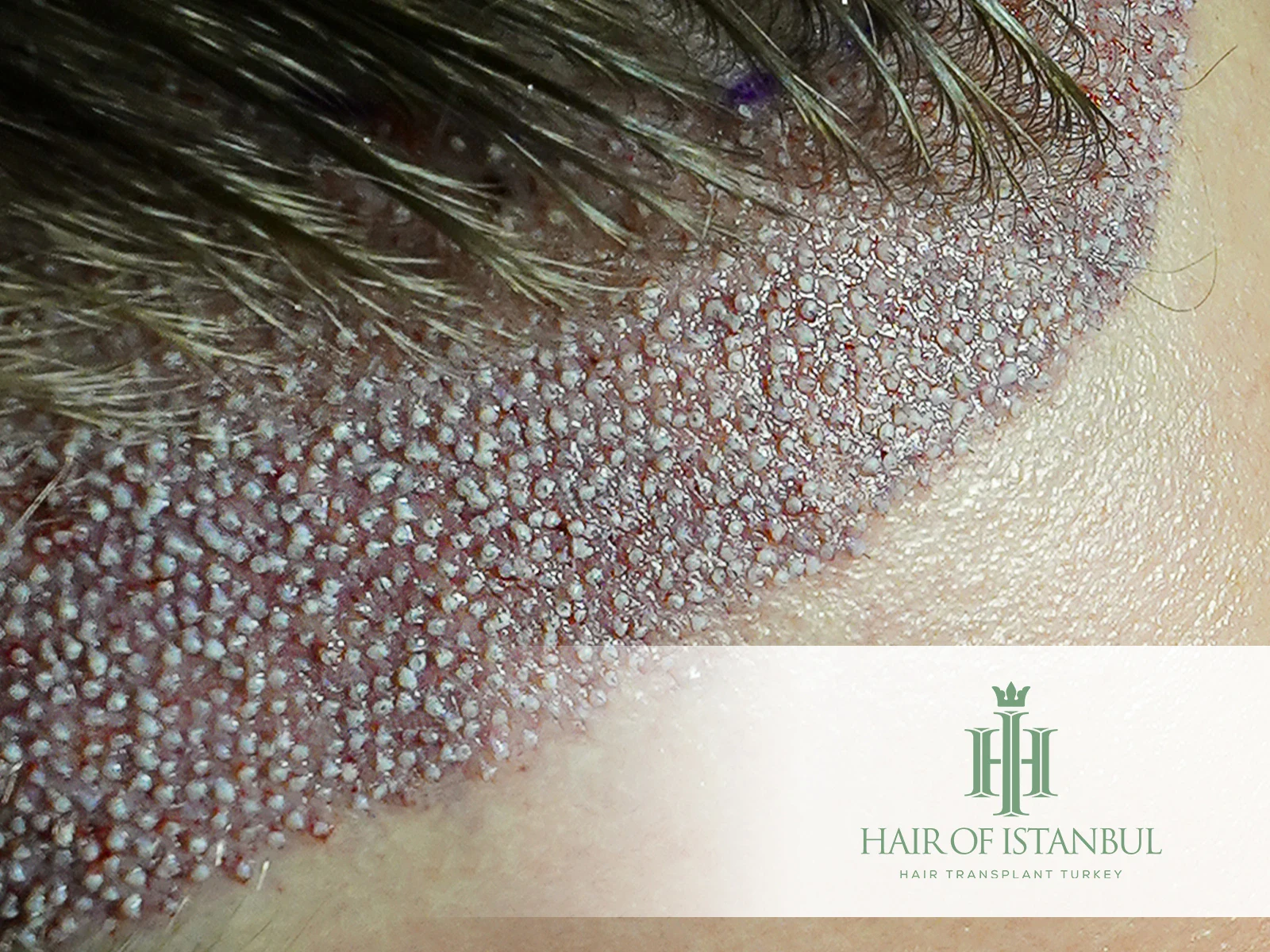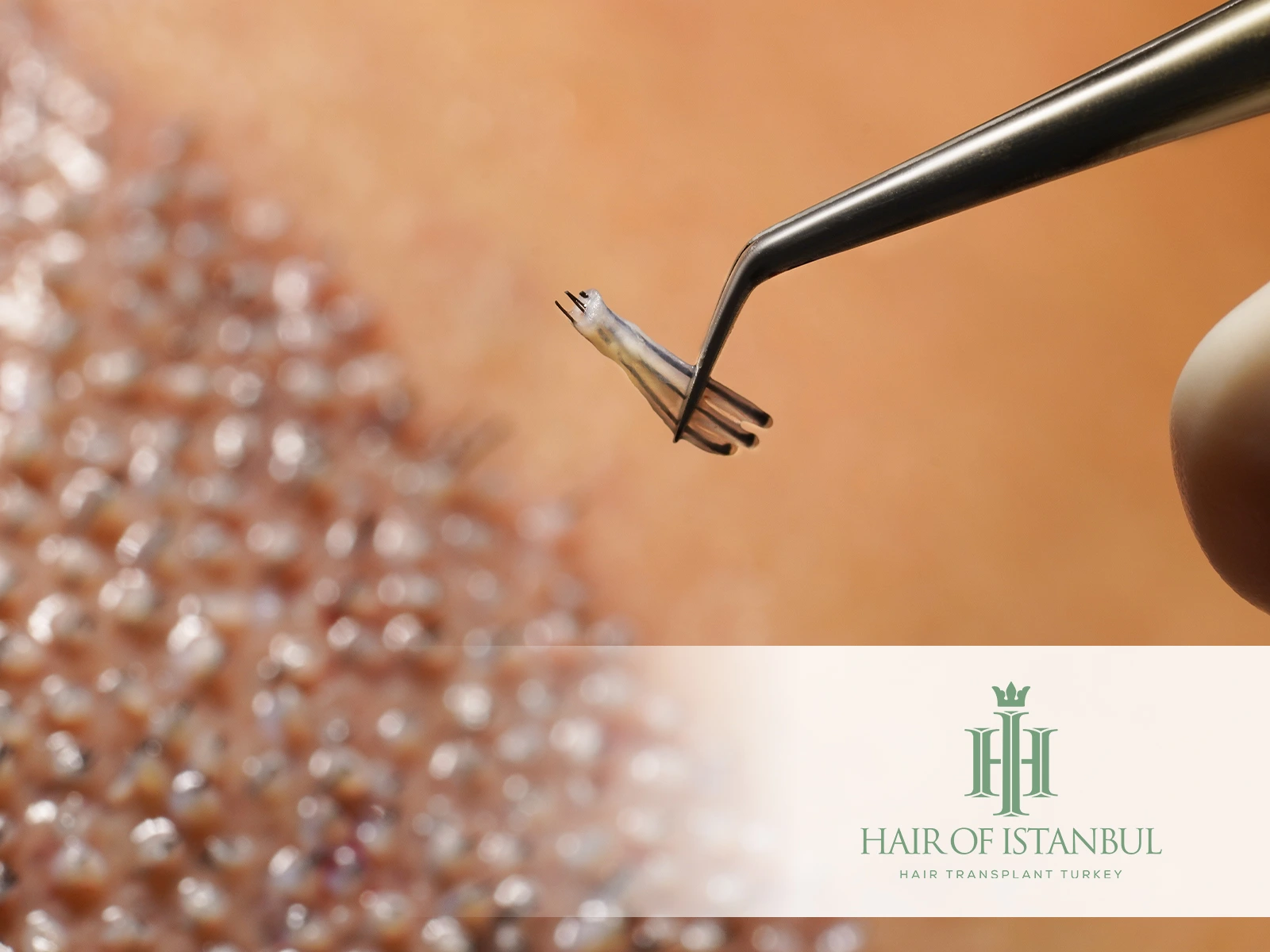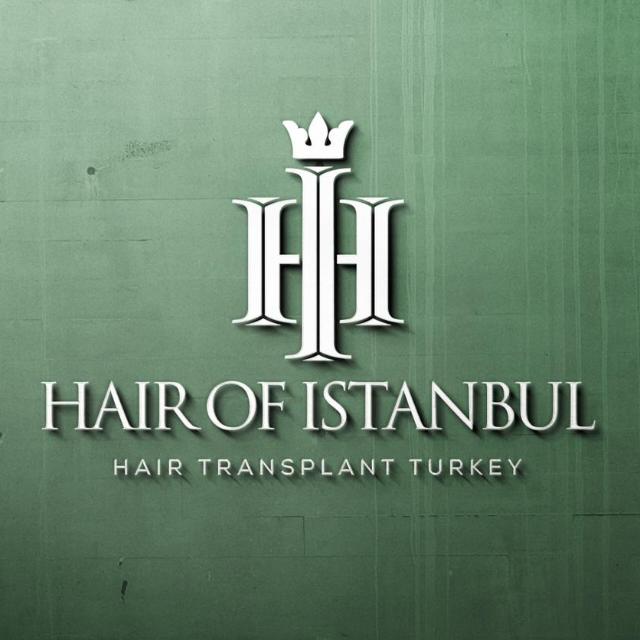Hair Transplant Success Rate: Top Techniques Compared

When it comes to hair restoration, the success rate is a crucial factor in determining the best course of action. In this comprehensive guide, we’ll delve into the world of hair transplant procedures, exploring the leading techniques and their respective success rates. By understanding the strengths and weaknesses of each method, you can make an informed decision that maximizes your chances of achieving the desired results.
So, let’s embark on this journey to discover the most effective hair transplant techniques and how they stack up against each other in terms of success rates.
What Influences Hair Transplant Success Rate? (Key Factors)
In this section, we’ll discuss the key factors that can influence the success rate of a hair transplant. Understanding these factors will help you make an informed decision when considering hair restoration procedures.
Individual Factors
Individual factors play a crucial role in determining the success rate of a hair transplant. Let’s take a closer look at some of these factors and their impact on the procedure’s outcome.[1]
| Hair Type: | Thicker hair strands provide better coverage, leading to more successful outcomes. Fine hair may require more grafts for adequate coverage, potentially affecting the success rate. |
| Patient’s Age: | Age is another factor that can impact the success of a hair transplant. Younger patients tend to have better scalp elasticity and a higher likelihood of hair regrowth, while older patients may experience a slightly lower success rate due to reduced scalp elasticity and other age-related factors. |
| Donor Area Size: | The size of the donor area is vital for a successful hair transplant, as it determines the number of grafts available for transplantation. A larger donor area typically results in a higher success rate, as there are more follicular units available for transplantation. |
| Donor Area Density: | Donor area density refers to the number of hair follicles per square centimeter in the donor region. Higher density allows for more grafts and better coverage, potentially increasing the success rate of the procedure. |
| Clinic and Doctor Selection: | Choosing the right clinic and doctor is essential for achieving optimal hair transplant results. Factors to consider include the surgeon’s experience, the clinic’s reputation, and the technology used during the procedure. A skilled surgeon with a proven track record of successful hair transplants can significantly influence the overall success rate of your hair restoration journey. |
Also Read: Traction Alopecia: When Is it too Late? The Most Important Signs!
General Factors
Apart from individual factors, certain general factors also play a significant role in determining the success rate of a hair transplant. In this section, we’ll delve into these factors and their impact on the procedure’s outcome.
| Postoperative Care: | Proper postoperative care is essential for a successful hair transplant. Following the doctor’s instructions for cleaning, medication, and wound care can prevent infection and promote healing. Additionally, avoiding strenuous activities, direct sunlight, and smoking during the recovery period can contribute to a higher success rate. |
| Supportive Treatments: | Supportive treatments, such as Platelet-Rich Plasma (PRP) therapy, can help enhance the success rate of hair transplants. PRP involves injecting the patient’s platelet-rich plasma into the scalp to stimulate hair growth and improve graft survival. Combining PRP with a hair transplant procedure can lead to better results and increased success rates. |
| Clinic and Doctor Experience: | The experience of the clinic and the doctor performing the transplant is crucial for ensuring a successful outcome. Experienced doctors are more likely to be familiar with the latest techniques and technologies, which can positively impact the success rate. When researching clinics, consider the best hair transplant in the world to understand the standards you should look for. |
| Hair Transplant Technique Selection: | Choosing the appropriate hair transplant technique is vital for achieving the desired outcome. The two main techniques, FUE and FUT, have their own advantages and drawbacks. Comparing the FUE vs FUT and other techniques success rate can help you understand which technique might be more suitable for your specific needs and contribute to a higher success rate. |
Various factors contribute to the success rate of a hair transplant. Being aware of these factors and choosing the right clinic and surgeon can increase the likelihood of a successful outcome. Remember that hair transplant after 10 years is a critical milestone for evaluating long-term results, so it’s important to consider all aspects before committing to a procedure.
Also Read: Hair Transplant Infection: The Risks of Infected Follicles
Hair Transplant Techniques: Analyzing Success Rates for Informed Decisions
Selecting the right hair transplant technique is crucial for achieving desired results. Each method has its own advantages and success rates, depending on various factors such as the patient’s hair type, extent of hair loss, and the surgeon’s expertise. In this chapter, we will explore the different hair transplant methods and their success rates to help you make an informed decision.[2]
FUT (Follicular Unit Transplantation):
FUT, also known as the strip method, involves removing a strip of hair-bearing skin from the donor area, usually at the back of the scalp. The strip is then dissected into individual follicular units, which are transplanted into the recipient sites. FUT is known for its high graft survival rate and can cover large areas of baldness.
FUE (Follicular Unit Extraction):
FUE is a less invasive technique that harvests individual hair follicles from the donor area using a tiny punch. This method leaves minimal scarring and allows for a faster recovery time. FUE is known for producing natural-looking results and is suitable for patients who prefer shorter hairstyles.[3]
Sapphire FUE:
Sapphire FUE is a variation of the traditional FUE method. It uses sapphire blades instead of steel blades for creating recipient sites, reducing trauma to the scalp and promoting faster healing. This technique offers precision, minimal scarring, and a comfortable recovery experience.
Artas (Robotic) Hair Transplant:
The Artas system is a robotic hair transplant technique that uses advanced imaging technology and precision robotics to assist in follicular unit extraction. It offers improved accuracy, minimal scarring, and reduced human error, ensuring consistent results and a high success rate.
DHI (Direct Hair Implantation):
DHI is a specialized hair transplant technique that uses a specialized implantation pen called a Choi Implanter to directly insert hair follicles into the scalp. This method minimizes trauma to the scalp, reduces scarring, and allows for precise graft placement, leading to natural-looking results.
Also Read: Hair Transplant Trypophobia: Say Goodbye to Hole Fears Today!
Hair Transplant Techniques and Their Success Rates
Please refer to the table below for the average success rates of each hair transplant technique:
| FUT (Follicular Unit Transplantation): | 85-90% |
| FUE (Follicular Unit Extraction): | 95-97% |
| Sapphire FUE: | 97-98% |
| Artas (Robotic) Hair Transplant: | 95-97% |
| DHI (Direct Hair Implantation): | 90-95% |
It’s important to note that these success rates are averages and can vary depending on several factors, including the patient’s individual hair characteristics, the surgeon’s skill, and the chosen technique.
FAQ
What is the success rate for female hair transplants?
Female hair transplants tend to have a high success rate, with around 90-95% of patients experiencing significant hair growth. However, individual outcomes can vary based on factors such as hair type, degree of hair loss, and the chosen transplant technique.
What percentage of hair grafts survive?
According to experts, around 95% of hair grafts typically survive after a hair transplant, although individual results may vary depending on factors like the surgeon’s expertise and the patient’s aftercare.[4]
How successful are body hair transplants?
Body hair transplants have a slightly lower success rate compared to scalp hair transplants, largely due to the difference in hair characteristics. Nevertheless, they can still achieve satisfactory results in cases where donor scalp hair is insufficient or unavailable.[5]
What is the success rate of crown hair transplants?
Crown hair transplants typically have a success rate like other hair transplant procedures, ranging from 90-95%. Success depends on factors such as the surgeon’s skill, the chosen technique, and the patient’s individual hair characteristics.
Do some hair transplants fail?
Hair transplants can indeed fail in rare cases, usually due to factors such as poor graft handling, inadequate aftercare, or a patient’s underlying medical conditions that hinder the grafts’ survival.[6]
How effective are hair transplants for men over 60?
Hair transplants can be successful for men over 60, with results similar to those of younger patients. However, the success rate might be slightly lower (85-95%) due to factors such as reduced scalp elasticity and potential medical conditions that could affect hair growth.
What is the failure rate of hair transplant?
Although the success rate of hair transplants is generally high, the failure rate is below 5%. This relatively low failure rate is attributable to advancements in hair transplant techniques and the skills of experienced surgeons.
Also Read: Understanding Average Forehead Size: Ideal Sizes by Gender!
Hair Transplant Turkey Success Rate
Turkey has emerged as a global leader in hair transplantation, boasting some of the highest success rates worldwide. This achievement can be attributed to the country’s dedication to adopting cutting-edge technology, its skilled surgeons, and state-of-the-art clinics. With an impressive track record in the field, patients from all corners of the globe are increasingly turning to Turkey for their hair restoration needs.
When it comes to hair transplant success rate, the combination of expertise and advanced facilities plays a significant role. The country’s experienced doctors and modern clinics utilize the latest equipment and techniques, ensuring optimal results for patients. This commitment to excellence has not only solidified Turkey’s reputation in the hair transplant industry but also contributed to the high success rates that continue to attract individuals seeking hair restoration solutions.
CONCLUSION
In conclusion, understanding the various hair transplant techniques and their respective success rates is essential for making an informed decision about your hair restoration journey. By comparing the top methods and considering factors like surgeon experience, aftercare, and clinic facilities, you can increase your chances of achieving the desired results.
One exemplary clinic in this field is Hair of Istanbul, which boasts a stellar reputation for delivering outstanding hair transplant outcomes using the latest technologies and techniques. The right choice of hair transplant technique, combined with the expertise of skilled professionals, can significantly impact your hair transplant success rate and overall satisfaction with the procedure.
References:
- [1] Andrew Mackay, January 24, 2023 – A Guide to Hair Transplant Success Rates – https://www.qunomedical.com/en/blog/hair-transplant-success-rates
- [2] Tim Jewell, January 4, 2019 – Everything You Need to Know About Hair Transplants – https://www.healthline.com/health/does-hair-transplant-work
- [3] Hair of Istanbul, January 6, 2023 – FUE Technique – https://www.hairofistanbul.com/fue-technique/
- [4] Hairsure, August 18, 2020 – How Long Does It Take For Grafts To Set After Hair Transplant – https://www.hairsure.in/how-long-does-it-take-for-grafts-to-set-after-hair-transplant/
- [5] Sanusi Umar, May 30, 2016 – Body Hair Transplant by Follicular Unit Extraction: My Experience With 122 Patients – https://www.ncbi.nlm.nih.gov/pmc/articles/PMC5070467/
- [6] Alan Feller , April 12, 2020 – Can a Hair Transplant Fail? – https://fellermedical.com/can-a-hair-transplant-fail/


